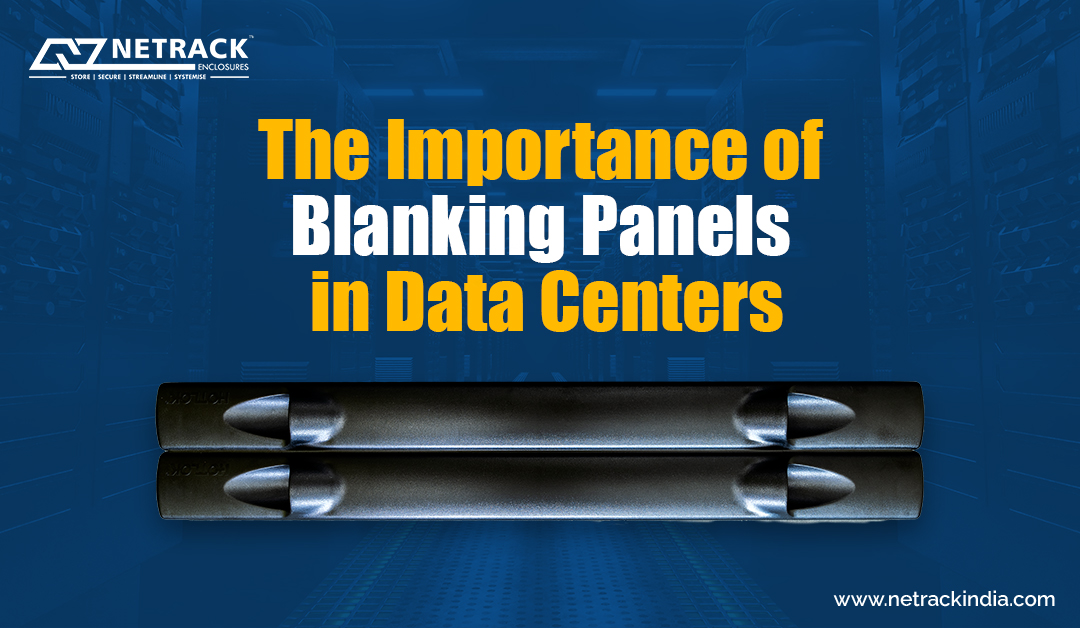Five Phases for a Successful Data Center Migration
Change is inevitable with the growth of business. This change is often associated with data centers racks, server racks, the IT infrastructure they host alongside the data center space which requires upscaling in terms of capacity as well as capability. Typically, companies plan data center migrations to reduce the operational cost, improve performance, enhance scalability, compliance, and disaster recovery. Now, migrating a data center is complex, be it moving to a new physical location, transitioning to the cloud, or upgrading to more advanced systems, a data center migration involves careful planning, execution, and follow-up. The following are the five critical phases to ensure a successful data center migration. Planning and assessment phase Detailed assessment of the existing infrastructure through cataloging all hardware, software, and applications in use helps to understand the existing state and identify what needs to be migrated, and what can
Read More



